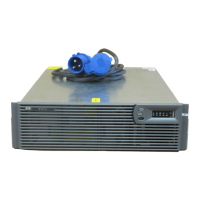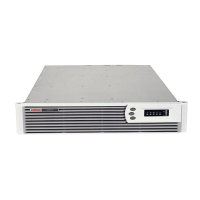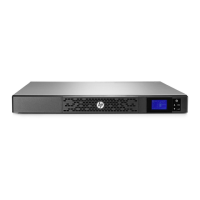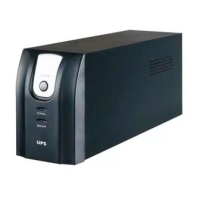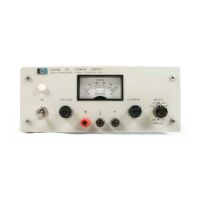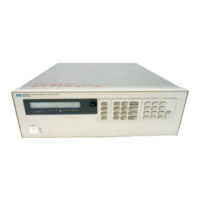HP UPS Management Module web interface 44
For instructions on changing the password, see "My Account menu (on page 59)."
Admin session logins, logouts, and terminations are recorded in the Event Log menu (on page 56). The
console session timeout length can be modified in the Remote Access tab (on page 66).
The following is a list of recommended password guidelines.
• Passwords should not be shared with others.
• Passwords should be limited to one or two people, if shared with others.
• Passwords should be coordinated to prevent inadvertent logouts, should more than one person know
them.
• Passwords are case-sensitive.
• Passwords can be between 1 and 15 alphanumeric characters in length.
Browser security alert
Secure browsing requires the use of SSL. SSL is a protocol layer that lies between HTTP and TCP that
provides secure communication between a server and a client and is designed to provide privacy and
message integrity. SSL is commonly used in web-based transactions to authenticate the web server, which
indisputably identifies the server to the browser. SSL also provides an encrypted channel of
communication between the server and the browser. The encrypted channel ensures integrity of the data
between the web server and the browser, so that data can neither be viewed nor modified while in
transit. The management module uses a system generated and unique key.
An integral part of SSL is a security certificate, which identifies the management module. If your browser
displays a security alert when browsing to the management module, it can be for one of several reasons:
• The certificate is untrusted, meaning it was signed by a certifying authority that is unknown to your
browser.
• The certificate has expired or is not yet valid. This condition can occur if you issue your own
certificate and it has expired.
• The name on the certificate does not match the name of the site in the browser address field.
For more information about security considerations, see "Security considerations overview (on page
115)."
